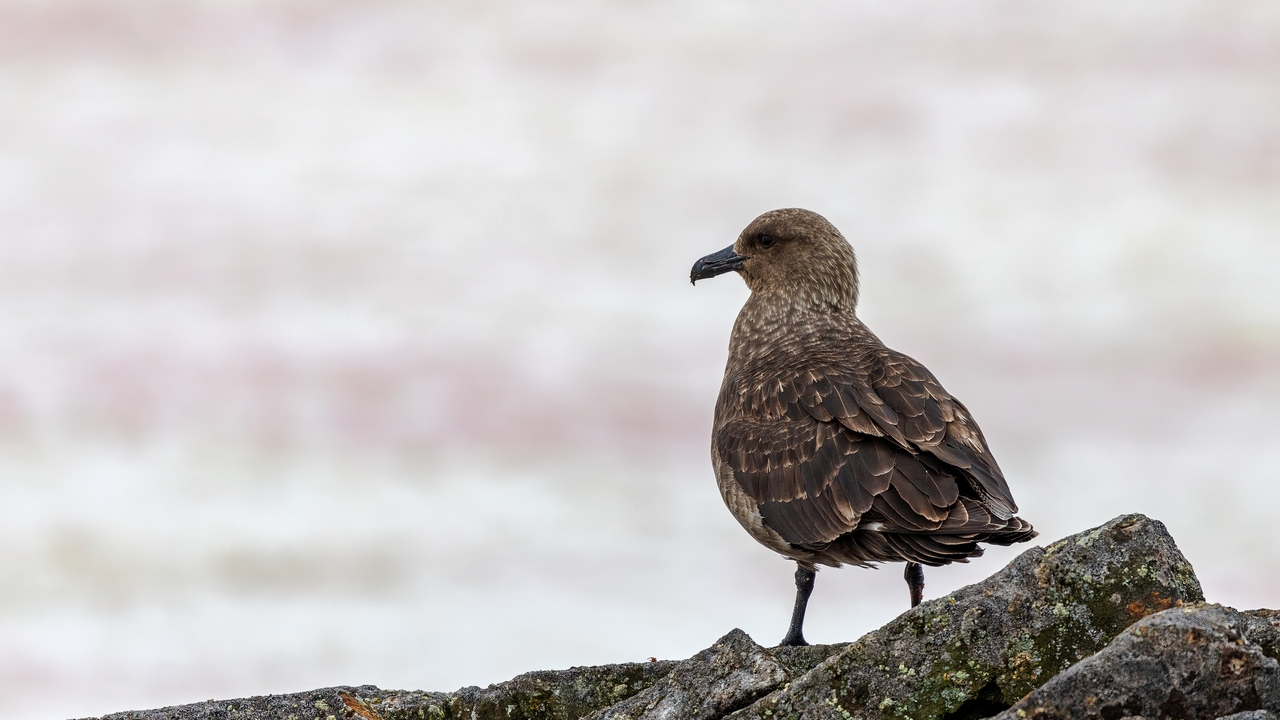The presence Highly pathogenic avian influenza virus Detected for the first time in certain specimens dead bird in antarcticaThis was confirmed by researchers from the Severo Ochoa Center for Molecular Biology of the Superior Council for Scientific Research (CSIC). The existence of the virus was confirmed by a team of scientists led by CSIC researcher Antonio Alcamí, who works at the Spanish Antarctic base Gabriel de Castilla on Deception Island. February 24.
Specifically, the virus was discovered in Two dead skua specimens, discovered by Argentine scientists near Primavera, the Argentine Antarctic base.Researchers say the discovery will make national polar plans possible “Be prepared” to avoid man-made spread of infection and avoid infecting people.
As detailed by CSIC, the samples were obtained under “maximum protective measures to avoid transmission of the virus to humans. Immediately after the samples were collected, the viruses in them were inactivated so that they could be studied safely.” The analysis included tests for v specific PCRInfluenza viruses and H5 subtypes“conclusively” showed that the birds were infected with H5 subtype avian influenza, and that at least one of the dead birds contained highly pathogenic avian influenza viruses.
This discovery provides the first evidence that a highly pathogenic avian influenza virus has arrived in Antarctica. Despite its distance and natural barriers from other continents.This finding can also be explained by Bird deaths recorded in Antarctic summer. This variant has been found in many places in the Northern Hemisphere and, since last summer, in the Southern Hemisphere. The virus was recently discovered on subantarctic islands, but so far no country has proven its presence in the Antarctic region, although mass deaths of some birds have been reported there.
This confirmation was made possible thanks to international cooperation, in particular with Argentina, and coordination with the Spanish Polar Commission. Cooperating international Antarctic organizations include the Scientific Committee on Antarctic Research (SCAR) and the Committee for the Administration of National Antarctic Programs (COMNAP), which have notified these findings as required by the Antarctic Treaty.
Last July, World Health Organization (WHO)warning of bird flu “May mutate and pose clear risk to humansAvian influenza viruses typically spread among birds, but the increasing number of detections of the H5N1 subtype of the virus in mammals, which are biologically closer to humans than birds, has raised concerns. The concern is that the virus may adapt to become more susceptible to infecting humans. Additionally, some mammals can act as a “melting pot” for influenza viruses, leading to the emergence of new viruses that may be more harmful to animals and humans.
Goose/Guangdong lineage of H5N1 avian influenza virus First appeared in 1996 and has been causing outbreaks in birds ever sinces. Since 2020, variants of these viruses, belonging to the 2.3.4.4b clade of H5 viruses, have caused unprecedented deaths of wild birds and poultry in many countries in Africa, Asia and Europe. In 2021, the virus spread to North America and in 2022 to Central and South America.
2022, Sixty-seven countries on five continents have notified the World Health Organization of outbreaks of H5N1 highly pathogenic avian influenza in poultry and wild birds., causing more than 131 million poultry to die or be slaughtered in affected farms and villages. In 2023, as the disease continued to spread, 14 more countries reported outbreaks, mainly in the Americas.

